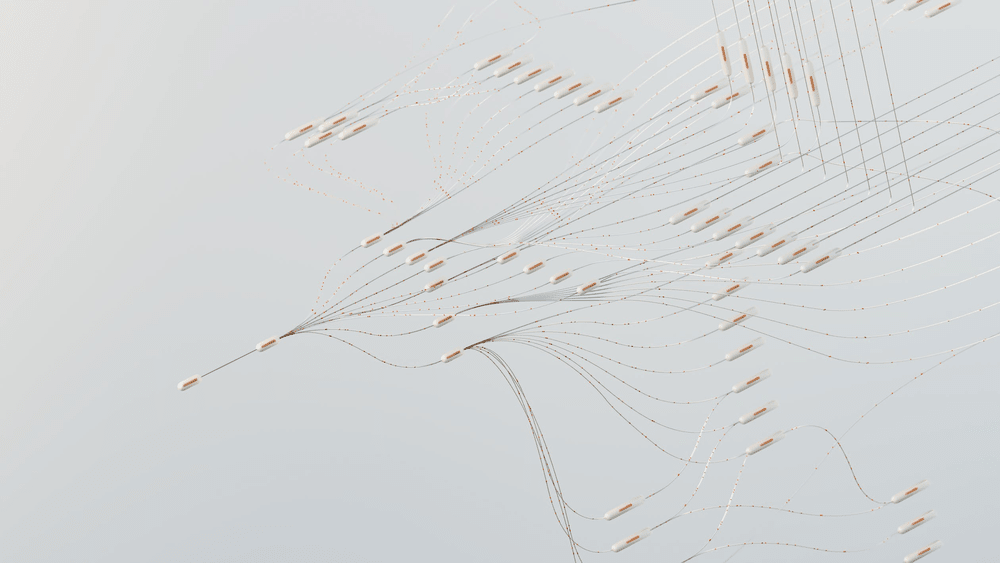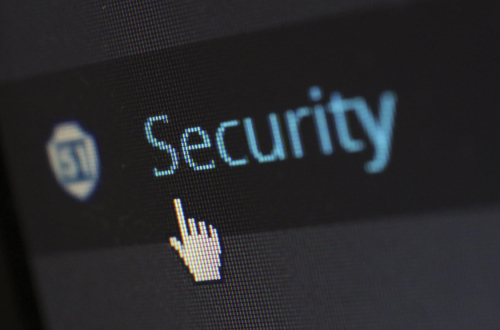
5 Amazing Cybersecurity Innovations to Watch in 2023
Cybersecurity remains at the forefront of every tech enthusiast’s mind in the rapidly evolving digital age. The tech world has been scrambling to develop cutting-edge solutions, with cyberattacks becoming more sophisticated and frequent. And this year, there are some genuinely cool innovations on the horizon. Let’s dive into five of the most groundbreaking cybersecurity trends for 2023 that are reshaping the tech landscape.
Quantum Cryptography – The Future of Secure Communication
Move over, traditional encryption! Quantum cryptography is inching closer to becoming a reality. By leveraging the principles of quantum mechanics, this method ensures that any eavesdropping on a communication channel can be instantly detected. Thanks to the unpredictable behaviour of quantum particles, intercepting quantum-encrypted information changes its state, alerting users to potential breaches. With quantum computers also in the pipeline, this technology might just be the answer to future-proof encryption.

Imagine you and a friend decide to exchange secret messages using a box of glow-in-the-dark toys. These toys have a unique glow when left alone, but when someone touches or shakes the box, the glow changes.
Now, whenever you want to send a message, you put it inside this box and give it to your friend. If someone tries to sneak a peek by opening the package in transit, the glow of the toys changes. Once your friend receives the box and notices the different glow, they immediately know someone tried to access the message.
This is similar to how quantum cryptography works. Instead of glow-in-the-dark toys, we’re using quantum particles. These particles have a unique behaviour that changes when observed or interacted with. Just like the changed glow indicates tampering, any change in the quantum state suggests that someone might be eavesdropping.
So, if a hacker tries to intercept a quantum-encrypted message, it’s like they’ve shaken the box of toys. The recipients can immediately detect this tampering, making quantum cryptography a promising method for ultra-secure communication.
AI-Powered Threat Detection – Proactivity at Its Best
Artificial intelligence isn’t just for virtual assistants or movie recommendations anymore. AI’s ability to process vast amounts of data quickly is being utilised to detect cyber threats in real time. By learning from previous cyberattack patterns and adapting to new methods, AI-powered systems can predict, identify, and neutralise threats before they wreak havoc – making them a formidable ally in the battle against cybercrime.

Imagine you’re building a sandcastle near the shoreline at the beach. Every now and then, waves come in and threaten to wash away your creation. To help guard your castle, you have a trusty friend with an incredible memory and super-fast reflexes.
Every time a wave approaches, your friend remembers all the past waves they’ve seen – their sizes, shapes, and the paths they took. With this knowledge, they can quickly predict if the next wave will hit your sandcastle and can build a sand barrier or dig a trench to divert the water, protecting your creation.
Now, think of your online world – your emails, bank accounts, and personal data – as that sandcastle. The waves are potential cyber threats trying to cause harm. The trusty friend? That’s Artificial Intelligence. It remembers patterns from previous cyber threats, quickly recognises new ones, and takes action to protect your digital “sandcastle” before any damage is done.
Bio-metric Authentication – Beyond Just Fingerprints
While fingerprints and facial recognition are now quite common, biometric authentication is evolving in thrilling ways. From palm vein patterns to heart rate-based authentication, these methods are not only more challenging for hackers to bypass but also offer a seamless user experience. Imagine logging into your device or verifying a transaction with just your unique heartbeat pattern
Imagine you’re a massive fan of a popular music band, and they’re coming to your city for a concert. The tickets for this concert are super special. Instead of a regular paper ticket or a barcode on your phone, you receive a unique, personalised way to get in – a glowing bracelet that lights up in rhythm with your heartbeat.
On the day of the concert, you approach the entrance, and there’s no need to search for tickets or show your ID. You let the gate scanner detect the rhythm of your glowing bracelet. Since it matches perfectly with your unique heartbeat, the gates open for you. The best part? No one else can use your bracelet to enter because no two heartbeats are the same.
This concert experience is a lot like the emerging world of advanced biometric authentication. Instead of using passwords or PINs, which can be guessed or stolen, systems are being developed to recognise unique features like the patterns of veins in your palm or the rhythm of your heartbeat. Cool, right!?
Decentralised Security Protocols with Blockchain
Blockchain has long been hailed as a game-changer for financial transactions. But its decentralised nature holds tremendous potential for cybersecurity, too. Distributing data across multiple blocks reduces the risk of a single point of failure. This ensures data integrity and makes tampering more complex, providing an added layer of security in the digital world.

Imagine a community library, but instead of books, it has a special diary that keeps records of all transactions or events in the town. Every time a new event occurs, a new page with details is added to the log. However, instead of just one diary stored in a single location, hundreds of copies are distributed to households throughout the town.
Let’s say someone tries to change an event detail from a particular date in the diary. They would have to go to each house and change the details in every single copy of the diary to make their version appear accurate. If they alter just one or a few copies, the other households can easily cross-check and identify the tampered versions because the genuine ones outnumber them.
This community library system is similar to how blockchain operates. The diary represents the chain of blocks (records). By keeping multiple copies of the data distributed (decentralised), it ensures that if someone tries to alter the information, it becomes nearly impossible. As a result, our digital information remains more secure and tamper-resistant.
Augmented Reality (AR) for Cybersecurity Training
Training is a critical aspect of cybersecurity. And what better way to train than in a near-real environment? With AR, cybersecurity professionals can simulate real-world cyberattack scenarios. This immersive experience helps in understanding potential vulnerabilities and equips them with hands-on skills to tackle real threats.

Remember those fire drills at school or work? Instead of just reading about what to do during a fire, you’d practice the steps: the alarm would sound, and everyone would orderly walk out to a safe spot. By simulating a real fire situation, everyone gets hands-on experience and feels more prepared if a real fire breaks out.
Now, imagine if everyone wore special glasses instead of a regular fire drill. Through these glasses, you could see virtual flames, feel the urgency, and even encounter obstacles like fallen objects or smoke. Though not real, this enhanced drill feels extremely close to a genuine emergency, better preparing you for the real deal.
That’s what Augmented Reality (AR) does for cybersecurity training. Instead of just learning from a textbook or lecture, professionals wear AR glasses that simulate cyberattacks right before their eyes. They can see virtual hackers trying to get into systems, visualise vulnerabilities, and practice how to counter these threats.
Wrapping Up
The world of cybersecurity is ever-evolving, and with innovations like these, we’re gearing up for a safer, more secure digital future. As tech enthusiasts, watching and participating in this journey is exciting. Whether you’re a product designer, a developer, or just someone passionate about tech, keeping an eye on these trends will serve you well.
Remember, the future of cybersecurity is not just about defence – it’s about staying ahead of the curve, predicting threats, and innovating solutions before they even arise. Here’s to a digitally secure 2023!




